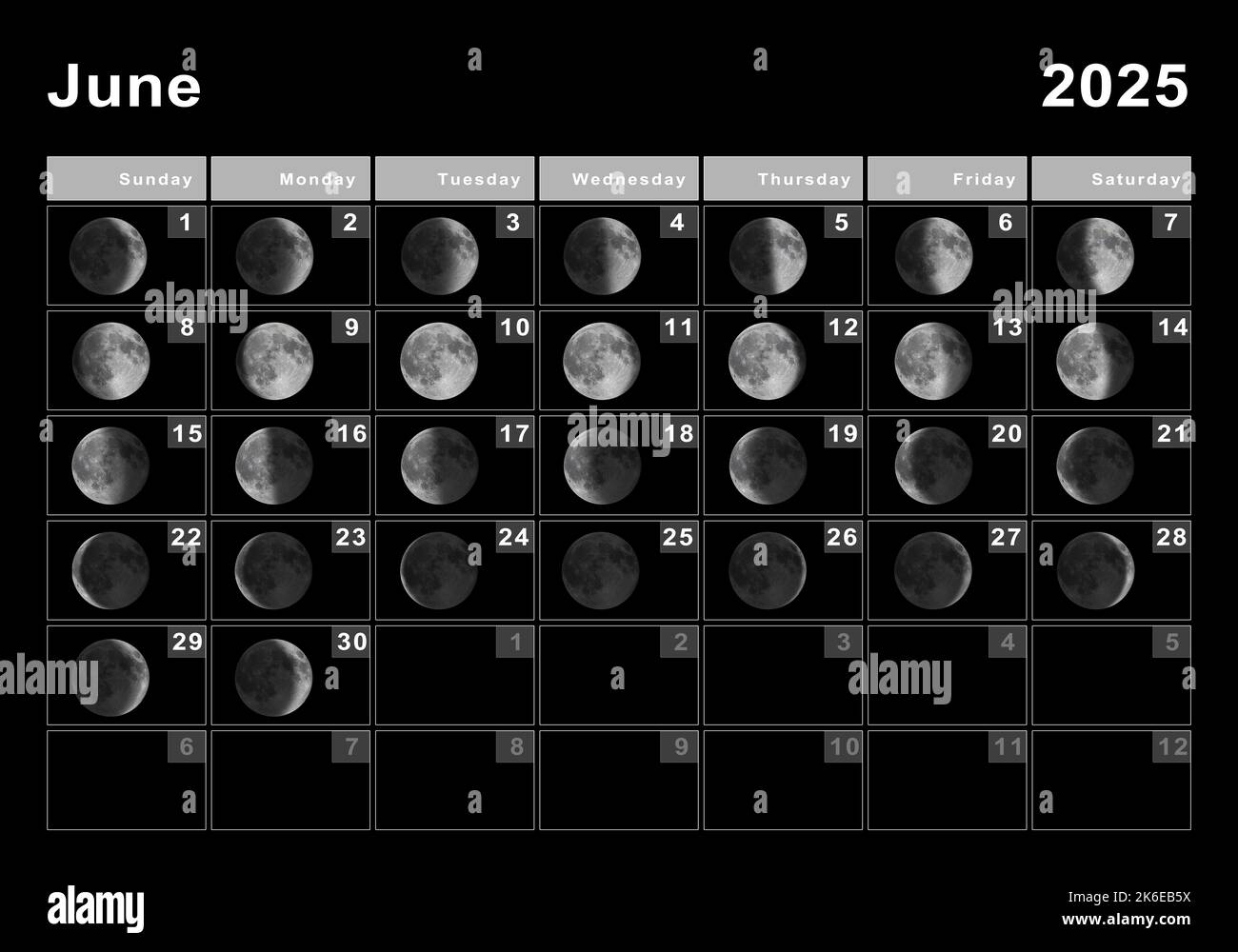What Happened
On the night of June 10 into the early hours of June 11, 2025, skywatchers were treated to a view of the “Strawberry Moon,” a term used to describe the full moon that occurs in June. This particular full moon was notable for its reddish hue, attributed to its low position on the Southern Horizon, which allowed it to appear particularly colorful. The moon reached its peak brightness at approximately 3:44 a.m. Eastern Time on June 11, although it was also visible the night before, with many observers encouraged to view it at moonrise for the best experience.
The Strawberry Moon is named not for its color but rather for the strawberry harvesting season, as noted by various Native American tribes, particularly the Algonquin. This year, the moon’s appearance was especially significant due to its position, which was the lowest it has been in nearly two decades, influenced by a phenomenon known as a “major lunar standstill.”
Key Details
- Peak Visibility: The Strawberry Moon peaked at 3:44 a.m. ET on June 11, 2025.
- Best Viewing Time: Observers were advised to check the moon on the evening of June 10, as it appeared fully lit when it rose above the southeastern horizon.
- Coloration: The reddish tint of the moon was more pronounced due to its low position in the sky, which caused moonlight to pass through a greater thickness of the Earth’s atmosphere, scattering shorter wavelengths of light.
- Cultural Significance: The name “Strawberry Moon” is derived from the Algonquin tribes and signifies the time for harvesting strawberries, rather than the moon’s color.
Multiple Perspectives
Different sources provide insights into the significance and characteristics of the Strawberry Moon. For instance, The New York Times emphasized the moon’s unique coloration and its low position, which is expected to occur only once every 19 years. They noted that the moon’s reddish hue is similar to the colors seen during sunrise or sunset due to atmospheric scattering.
Conversely, USA Today highlighted that while the moon peaked at 3:44 a.m. ET, it was best viewed the previous evening, suggesting that the timing of visibility can vary based on local conditions. They also mentioned that the Strawberry Moon is considered the most colorful full moon of the year due to its low trajectory across the sky.
Space.com provided additional context by explaining the phenomenon of the moon’s low position, linking it to the gravitational influences of the sun that affect the moon’s orbit. This perspective underscores the scientific aspects of lunar visibility, adding depth to the cultural interpretations.
Context & Background
The Strawberry Moon is part of a long-standing tradition of naming full moons, which often reflect seasonal changes or agricultural practices. The practice of naming moons dates back to Native American tribes, and many names have been adopted into popular culture. The June full moon is particularly significant as it coincides with the summer solstice, a time when the sun is at its highest point in the sky.
This year’s Strawberry Moon was particularly noteworthy due to the “major lunar standstill,” a phenomenon that occurs approximately every 18.6 years, affecting the moon’s orbit and its position in the sky. The last major lunar standstill occurred in 2006, making this event a rare opportunity for observers.
What We Don’t Know Yet
While the Strawberry Moon’s visibility and characteristics have been well-documented, there are still uncertainties regarding how atmospheric conditions might affect its appearance in different locations. Factors such as local weather, air quality, and light pollution can significantly influence the viewing experience. Additionally, while the moon’s low position is a predictable phenomenon, the exact visual effects can vary widely based on geographic location.
Future observations will also be necessary to understand the implications of the lunar standstill on subsequent full moons and their visibility patterns. As this event occurs only once every 19 years, researchers and enthusiasts alike will be keen to document and analyze the next occurrence, which will provide further insights into lunar behavior and its effects on Earth.





